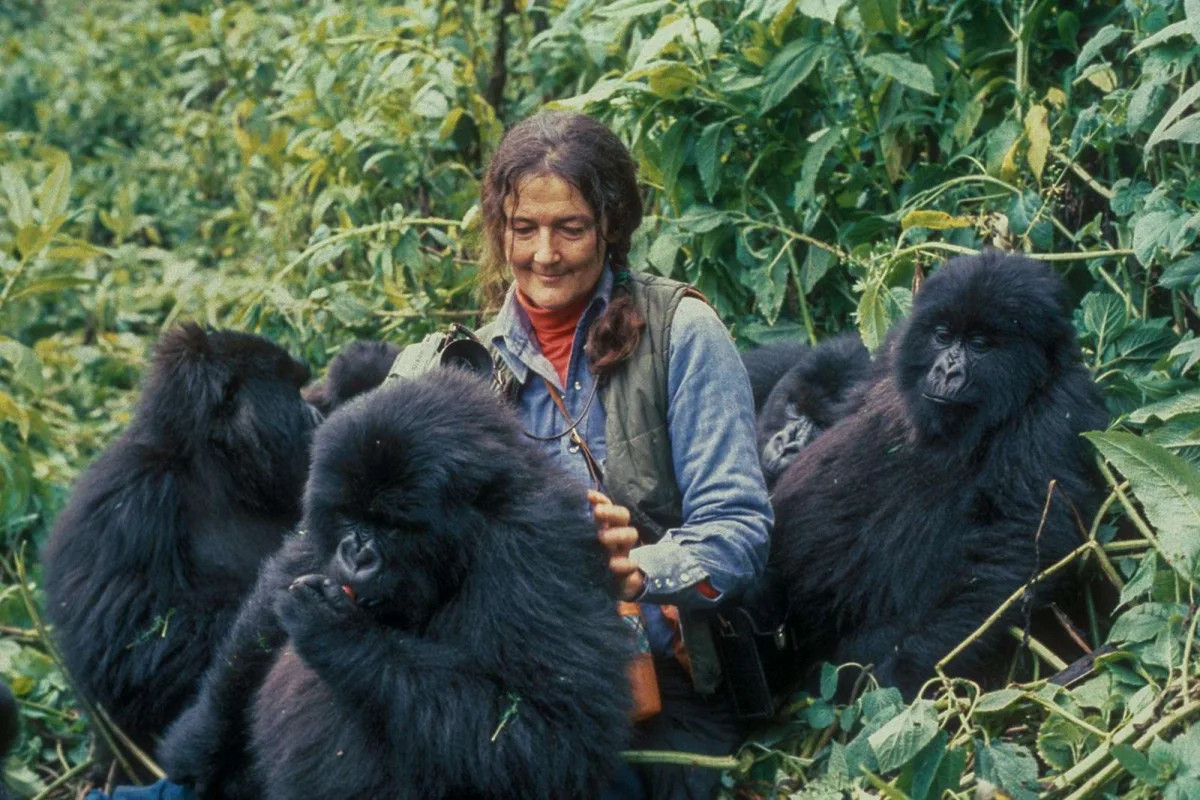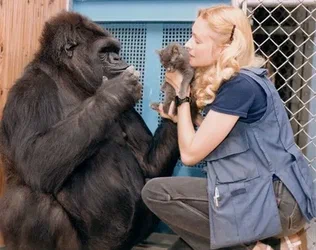The concept of interbreeding between different species often sparks curiosity and speculation. One such intriguing question is whether humans and gorillas, despite their genetic similarities, could produce viable offspring. This examination delves into the scientific, biological, and genetic aspects to determine the feasibility of such an extraordinary occurrence.

Genetic Similarities and Differences

Humans and gorillas share a considerable amount of genetic material, with approximately 98% of their DNA being similar. This high degree of genetic similarity is due to their common ancestry and evolutionary lineage. However, the remaining 2% accounts for significant differences that influence not only physical characteristics but also reproductive compatibility.

Reproductive Compatibility
For two species to produce offspring together, they must be able to combine their genetic material in a way that results in a viable embryo. This process involves not just the similarity of DNA but also the compatibility of reproductive systems, including the alignment of chromosomes and the ability to create a fertile egg and sperm.
In the case of humans and gorillas, despite their genetic similarities, there are substantial differences in chromosome numbers and structure. Humans have 23 pairs of chromosomes, while gorillas have 24 pairs. This difference in chromosome number creates a barrier to the successful merging of genetic material from both species.
Biological Barriers
Even if fertilization were to occur, biological mechanisms would likely prevent the development of viable offspring. The differences in reproductive physiology, including variations in gestation periods, hormonal environments, and developmental processes, create significant hurdles. These differences are critical in ensuring that offspring are not only conceived but also able to develop properly and be born.
Scientific Perspective
From a scientific standpoint, interbreeding between species that are so genetically distinct is highly improbable. In the animal kingdom, interbreeding typically occurs between species with closer genetic relationships, such as between lions and tigers or horses and donkeys. These hybrids, like ligers or mules, are usually sterile, meaning they cannot reproduce, which further demonstrates the challenges faced when attempting to crossbreed species with significant genetic differences.
Ethical and Practical Considerations
Even if it were scientifically possible, ethical and practical considerations would come into play. The well-being of the animals involved, their natural behaviors, and the potential impacts on their populations and ecosystems are crucial factors. In modern science, the focus is often on respecting the boundaries of species and working towards conservation and understanding rather than attempting to crossbreed them.
Conclusion
In summary, while humans and gorillas share a remarkable degree of genetic similarity, the scientific evidence suggests that interbreeding between the two species is not feasible. The differences in chromosome numbers, reproductive systems, and developmental processes create substantial barriers that prevent the production of viable offspring. This question, though fascinating, highlights the complexity of genetic compatibility and the importance of respecting the natural boundaries that exist between different species.
